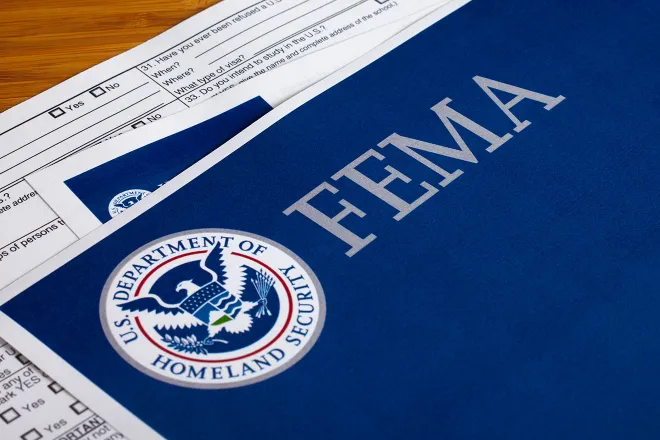
You Wake Up Hearing Your Smoke Alarm – Now What?
Consider this scenario: It’s 2 o’clock in the morning. You and your family are fast asleep when you awaken to the smoke alarm sounding and the smell of smoke. What do you do? If you and your family don’t have a plan in place, it could jeopardize your safety, or even prove deadly.
In a typical home fire, you may have as little as one to two minutes to escape safely from the time the smoke alarm sounds. That’s why home escape planning is so critical in a fire situation. It ensures that everyone in the household knows how to use that small window of time wisely.
“Fire and smoke move faster than you,” said Michael Morgan, Director of the Colorado Division of Fire Prevention and Control. “There’s no time to figure out how to escape your home after a fire starts. Practice an escape plan before there’s a fire so you can get out safely.”
This year’s Fire Prevention Week theme, “Every Second Counts: Plan 2 Ways Out!” works to better educate the public about the critical importance of developing a home escape plan and practicing it. Fire Prevention Week is October 8-14, 2017.
In a fire, you may have just seconds to safely escape your home. Be prepared in advance with these simple steps for home fire escape planning:
● Draw a map of your home with all members of your household, marking two exits from each room and a path to the outside from each exit.
● Practice your home fire drill twice a year.
● Teach children how to escape on their own in case you can’t help them.
● Make sure the number of your home is clearly marked and easy for the fire department to find.
● Close doors behind you as you leave — this may slow the spread of smoke, heat, and fire. Once you get outside, stay outside.
● Never go back inside a burning building.

















